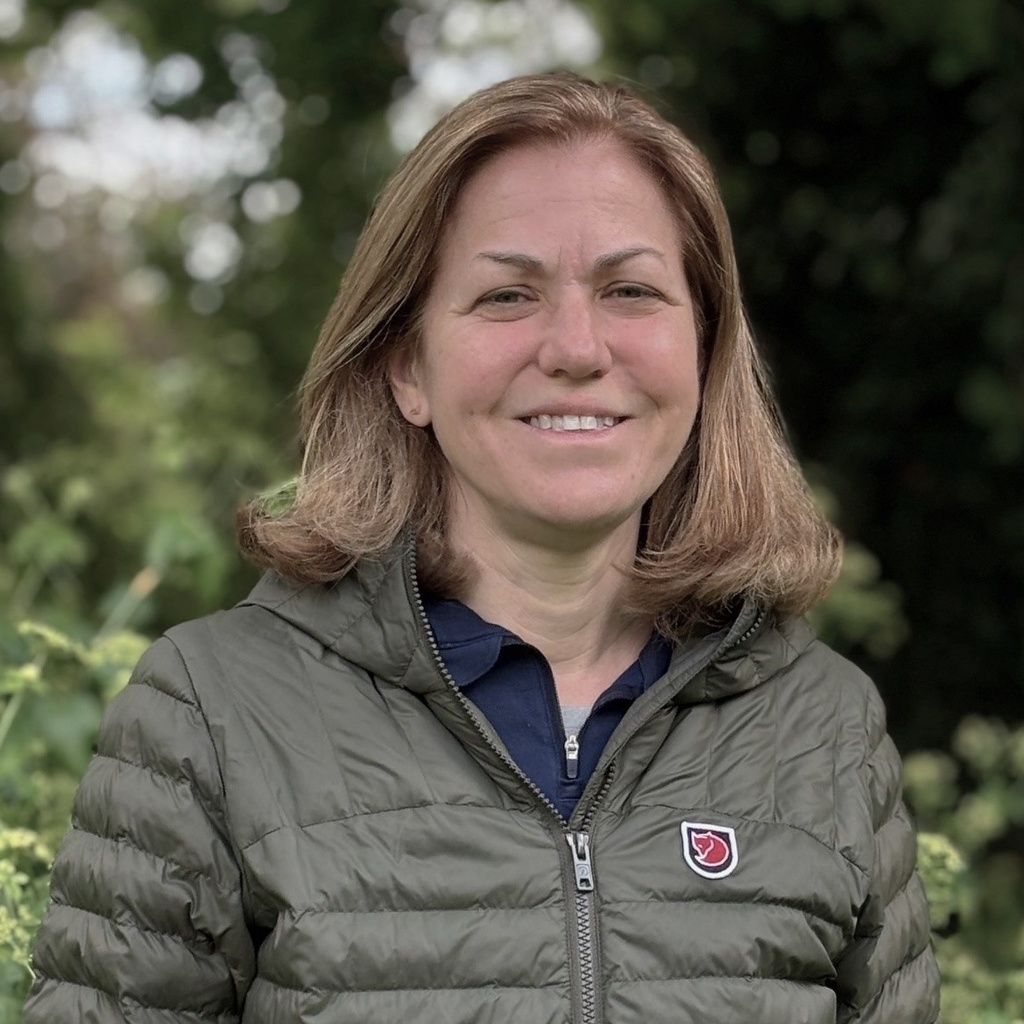Main navigation
The health of populations, whether physical, social or economic, is impacted by the environments in which people live. Vulnerability and resilience, two sides of the same coin, are conditioned on both social conditions, such as financial resources, and physical conditions, such as proximity to flood plains. Daily interactions with social and natural environments, such as in urban versus rural neighborhoods, can impact the physical health, mental well-being and access to opportunities for residents. Infrequent but increasingly strong natural hazards, such as hurricanes, floods and wildfires, can become disasters when physical exposure and complex social structures combine to create large vulnerabilities.
Faculty in SEES explore the physical drivers of natural hazards and the social forces that cause human exposure and vulnerability to the effects of these hazards and influence post-disaster recovery processes. They also examine human-environment interactions, such as with urban and urban greenspace in US cities or the impacts of place on health outcomes like antibiotic resistance and access to healthcare, to understand underlying processes driving patterns of well-being.
Health, vulnerability, and natural hazards faculty

Margaret Carrel

Heather Sander
